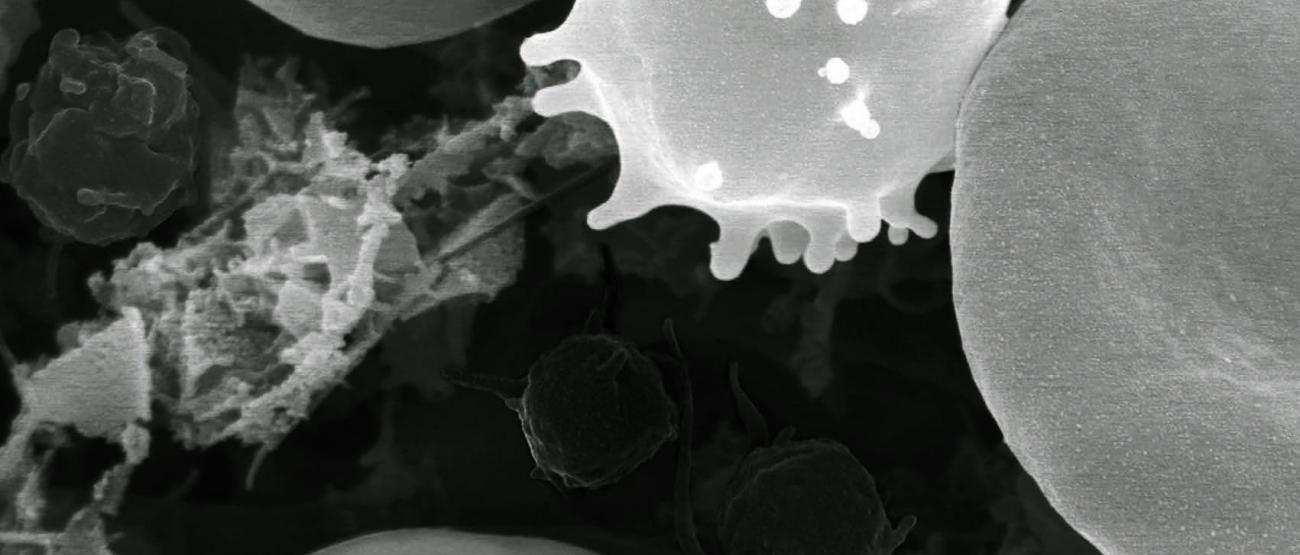A Blood Test for Autism
Autism
A Blood Test for Autism

Most children are not diagnosed with ASD until after 4 years of age. Earlier diagnosis is generally acknowledged to lead to better outcomes as children engage in early intervention services. Now, an algorithm based on levels of metabolites found in a blood sample can accurately predict whether a child is on the autism spectrum of disorder (ASD), based upon a recent study. The algorithm, developed by researchers at Rensselaer, is the first physiological test for autism and opens the door to earlier diagnosis and potential future development of therapeutics.
“Instead of looking at individual metabolites, we investigated patterns of several metabolites and found significant differences between metabolites of children with ASD and those that are neurotypical. These differences allow us to categorize whether an individual is on the autism spectrum,” said systems biologist Juergen Hahn, professor and head of the Department of Biomedical Engineering. “By measuring 24 metabolites from a blood sample, this algorithm can tell whether or not an individual is on the autism spectrum, and even to some degree where on the spectrum they land.”
Autism spectrum disorder is estimated to affect approximately 1.5 percent of individuals and is characterized as “a developmental disability caused by differences in the brain,” according to the Centers for Disease Control and Prevention. The physiological basis for ASD is not known, and genetic and environmental factors are both believed to play a role. According to the CDC, the total economic costs per year for children with ASD in the United States are estimated between $11.5 billion and $60.9 billion. Research shows that early intervention can improve development, but diagnosis currently depends on clinical observation of behavior, an obstacle to early diagnosis and treatment. “This is the first physiological diagnostic and it’s highly accurate and specific,” said Hahn.
Researchers have looked at individual metabolites produced by the methionine cycle and the transsulfuration pathways and found possible links with ASD, but the correlation has been inconclusive. Hahn said the more sophisticated techniques he applied revealed patterns that would not have been apparent with earlier efforts.
“A lot of studies have looked at one biomarker, one metabolite, one gene, and have found some differences, but most of the time those differences weren’t statistically significant or the results could not be reliably replicated,” Hahn said. “Our contribution is using big data techniques that are able to look at a suite of metabolites that have been correlated with ASD and make statistically a much stronger case.”
A follow-up study has confirmed the exceptional success of the blood test in assessing whether a child is on the autism spectrum.